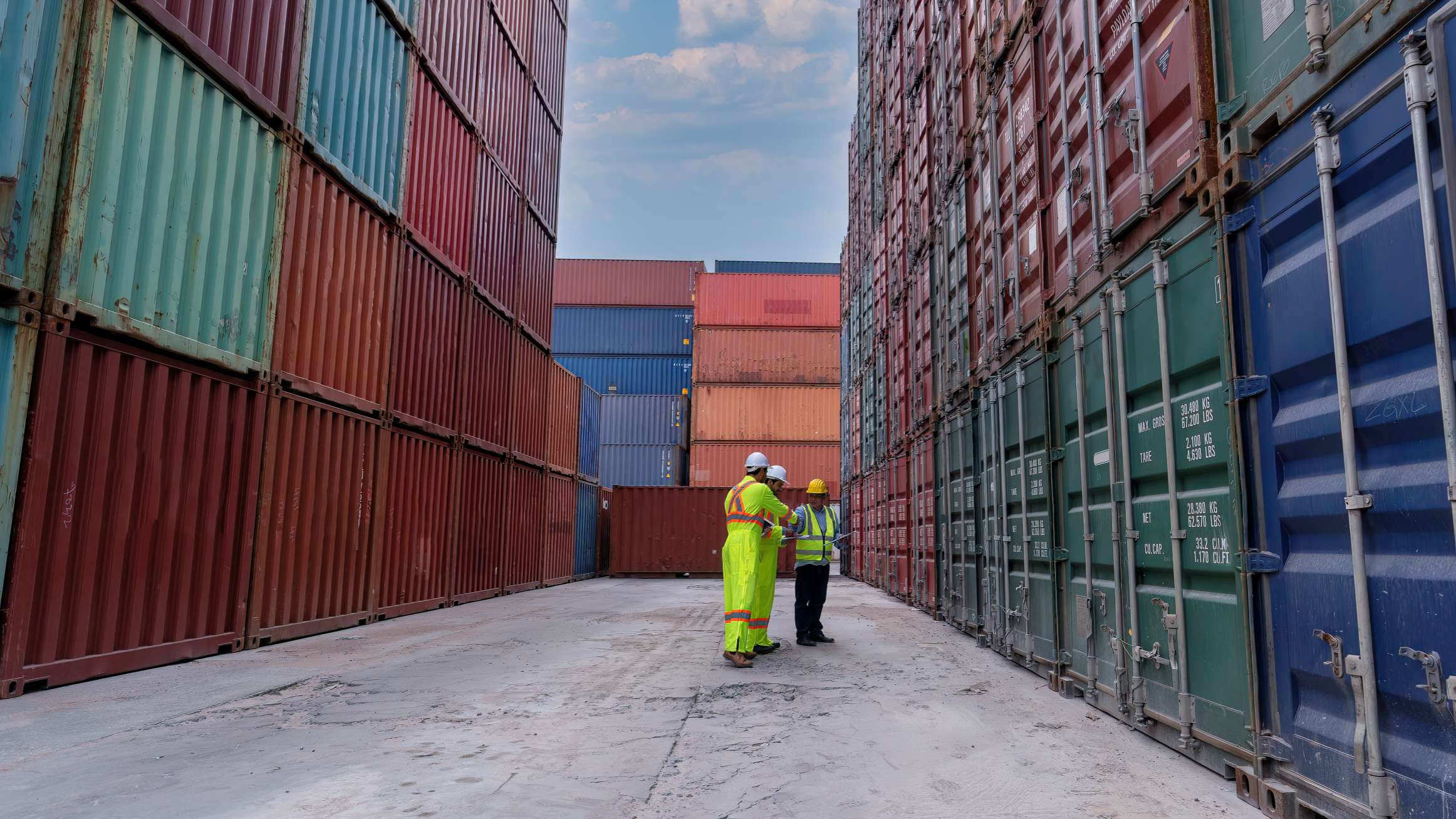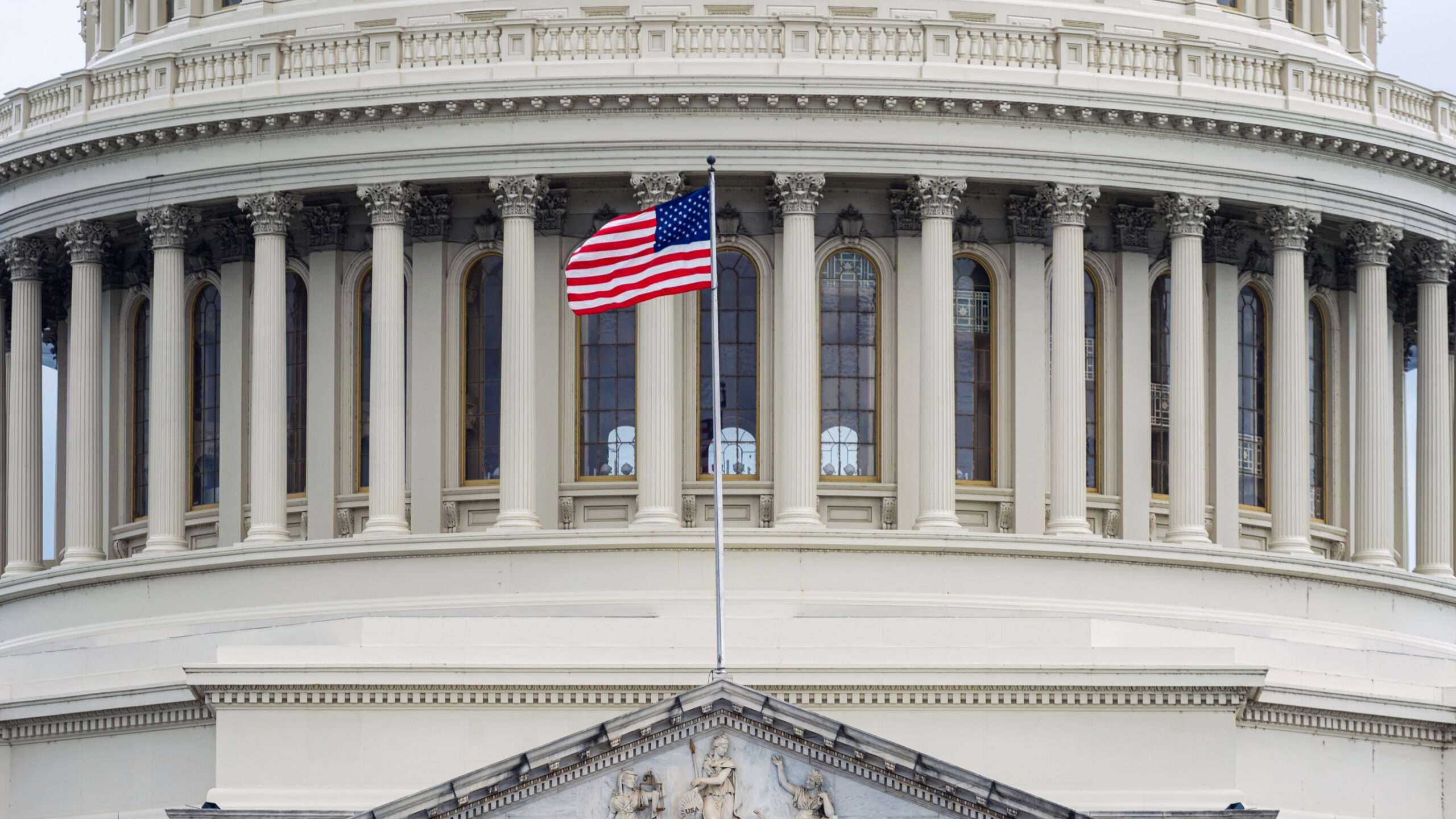
The price at which you can trade American dollars for foreign currencies may seem abstract, but events unfolding right now make it important to your future income, whether you have a job and the direction of the world economy in the next few years.
[David Cay Johnston | August 18th, 2015]
Around the globe, we are seeing strong downward pressure on prices, especially for commodities, prompting some governments to make their currency cheaper relative to the dollar. That suggests we may be entering a period of deflation, last experienced in a serious way in the U.S. in the Great Depression of the 1930s and the late 1800s. A deflationary spiral would represent a serious threat to the global economy.
Currency war
Let’s look at the currency fight. To bolster its exports, and thus jobs, Beijing last week cut the price of the yuan, relative to the dollar, by about 4 percent.
More than a fifth of American trade is with China, so the relative price of the yuan and dollar matters a lot to both countries. A cheaper yuan helps China export more manufactured goods, because Americans (and others) can buy them at lower cost. This also means it will cost the Chinese more to buy American products, so fewer will be sold.
In June China sold $1 billion per day more to the U.S. than it purchased. If the yuan falls 10 percent it, will make Chinese goods so much cheaper that our trade deficit with China will likely increase by about $66 billion annually. That translates into a likely loss of 190,000 to 640,000 American jobs, according to the Economic Policy Institute.
Since 2000 the U.S. has lost more than 5 million manufacturing jobs, the majority of them to China.
The U.S. could stanch this by buying yuan for, say, 5 to the dollar. At that price currency traders would be hunting for every Chinese coin stuck between couch cushions.
Chinese leaders would not take well to this and would, in turn, come up with their own responses to mitigate the effect of such a currency war because their interest is fixed on China’s long march to becoming the next superpower.
But it’s not just China that is devaluing its currency so it can lower the price of exports. The South Korean won, Thai baht and Malaysian ringgit have all come down in recent days and the Vietnamese dong is sure to follow as these countries try to make their exports cheaper and protect their manufacturing jobs. The Australian dollar, which floats freely because it is not managed by the government, also fell in the markets.
All this makes the dollar relatively stronger, which reduces American exports and manufacturing jobs.
For the U.S. the stronger dollar will also put even more downward pressure on wages as manufacturers try to find ways to make products competitive and overcome the stronger dollar. That would in turn worsen the already weak spending capacity of most Americans, adding to deflationary pressures as sellers trim the prices of goods and services.
Another way to make the dollar cheaper is by lowering interest rates — except that they are already so low. The effective Federal Funds rate is a tiny fraction of one percent, 0.13 percent to be precise. The discount rate, what the Fed charges banks for overnight loans to smooth cash flows, has been at 0.75 percent since 2010, down from 5.75 percent in early 2001.
The Federal Reserve keeps hinting it will abandon its zero-interest-rate policy as early as this fall. But lifting interest rates will make the dollar even more attractive as a safe storehouse of cash. So higher interest mean an even stronger dollar as more money flows into American debt securities, which means fewer American exports and more lost jobs and that, in turn, means pressure on sellers to lower prices to avoid being stuck with unsold goods and services. It’s a vicious cycle we want to avoid.
The falls in prices around the world raise the specter of deflation.
Loss of purchasing power
Meanwhile commodity prices around the world have fallen, an indication of an economic slowdown or even the start of a contraction, as Japan just reported. This especially hits the Brazilian economy, the world’s seventh largest, since it relies heavily on exporting iron ore, petroleum and other commodities to China, for which it will be relatively less.
Oil may fall to under $20 a barrel from its July 2008 high of $146, according to Barron’s, the weekly magazine for individuals who trade stocks. Oil traded at about $48 last week. At $20, it would be a short-term disaster for oil-field towns, where the falling price has already resulted in fewer drilling rigs, shutting some operating wells and fewer support jobs.
The falls in prices around the world raise the specter of deflation. The underlying global problem is that while profits have soared and corporations hold vast hoards of cash, few workers worldwide are getting real pay raises and many have seen their incomes fall in real terms. Their lack of purchasing power has lowered aggregate demand.
My analysis of new IRS data shows that, adjusted for inflation, the bottom half of Americans reported average total incomes (excluding welfare benefits like food stamps) of just $14,775 in 2012, down 18 percent from 2003.
Most people’s income derives from work. When pay is stagnant the capacity of people to buy more goods and services also must be flat unless they go into debt. One way we have seen this in the U.S. is that the average age of cars on the road has increased from 8.4 years in 1995 to 11.4 years in 2014. We are slowly becoming less well off.
China faces similar problems. Angst among its newly created urban classes, who were sold on a bigger economic future through capitalism but feel the sting of rising prices and small wage increases, threatens party control.
Cheap foreign currencies convey some benefits. The American dollar is worth about $1.31 in Canada, making vacations and shopping there very attractive to those of us who live near the border. Airfares are even better deal. I was about to pay $1,452 in airfare to speak at the 2015 Global Investigative Journalism Conference in Norway when I looked up airfares out of Toronto. I paid just $695 and get to have dinner with a daughter who lives in Canada. Had I waited a month my airfare would have been just $515.
The danger of deflation
That price drop points to the problem with a general deflation, in which the overall prices of goods and services fall. People tend to delay purchases if they believe they can get a bargain in the future. Think about the $180, or 26 percent, I could have saved on airfare by waiting a few weeks and expand it to everything all of us buy.
The problem is that without constant spending, the economy collapses. Money circulates just like the blood in your body — when the heart stops so does everything else.
Economists generally argue that a broad deflation is a prospect far worse than inflation and much harder to solve. However one research paper argued that the deflation of the late 1800s — an era, like ours, of rapid technological change — did more long term good than damage, though for many the short-term economic pain was intense.
Americans since World War II have become accustomed to thinking that delaying purchases means paying more, because of inflation. But with deflation the opposite takes place: Because things will cost less tomorrow, next week or next month, people want to hold cash and postpone purchases. (For people on fixed incomes deflation would be great; they could buy more and more goods and services because of falling prices.)
We need adapt our thinking to the emerging economic conditions of the 21st Century, in which flat prices or even a deflation threatens our prosperity. Without the incentive of rising prices brought by inflation, we risk falling into a vicious cycle of economic decline by deferring the purchases that drive the economy and the investments in education, infrastructure and basic research and undergird it. That would be a tragic mistake.
David Cay Johnston, an investigative reporter who won a Pulitzer Prize while at The New York Times, teaches business, tax and property law of the ancient world at the Syracuse University College of Law. He is the best-selling author of “Perfectly Legal,” “Free Lunch” and “The Fine Print” and editor of the new anthology “Divided: The Perils of Our Growing Inequality.”













